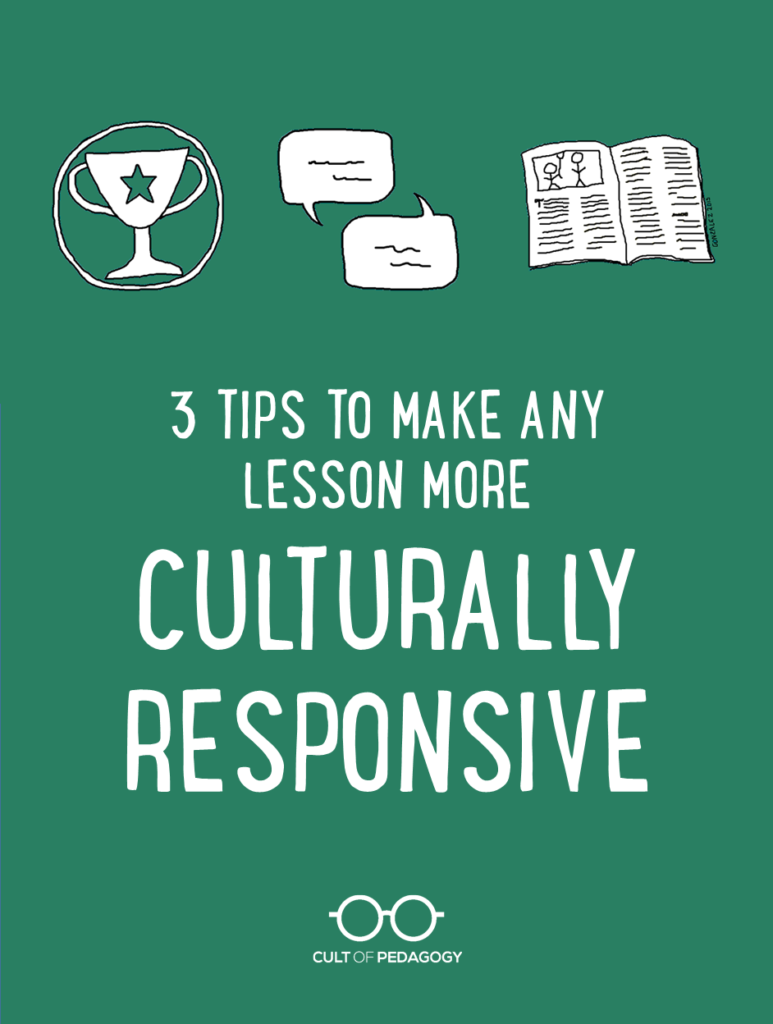
Last month, I reviewed Zaretta Hammond’s fantastic book, Culturally Responsive Teaching and the Brain. Now I’m proud to have Zaretta here as a guest writer to share some specific strategies with us.
Culturally responsive teaching. Everybody is talking about it. The big question is: How do you actually make lessons culturally responsive? That comes up regularly when I am working with groups of teachers to improve outcomes for diverse students who are struggling. I remember working with a group of sixth grade teachers on improving learning for their at-risk students. These teachers were frustrated that their students, 95 percent of them students of color and English language learners, were not applying themselves to learning.
I suggested that we explore making lessons more culturally relevant in order to accelerate student learning. I remember the reaction of Janice, the science teacher. “I am not going to be rappin’ about the periodic table,” she said defiantly as she crossed her arms and sat back in her chair.
I couldn’t blame her. Google “culturally responsive teaching” and you can find a dozen videos of well-meaning teachers leading some call-and-response chant about exponents or rapping about the Boston Tea Party while students sit back and giggle. That’s because we usually talk about culturally responsive teaching only as an engagement strategy designed to motivate at-risk students to take learning seriously. Or we try to find a race-based connection to the content to make it “relevant” to minority students.
What IS culturally responsive teaching?
One of the biggest misconceptions about culturally responsive teaching is thinking you have to tie the lesson’s content to African American or Latino students’ racial background. The common belief is if you mention Africa, Mexico, or famous black and brown high achievers, it will spark students’ attention. Then they will be motivated to participate.
In reality, culturally responsive teaching is less about using racial pride as a motivator and more about mimicking students’ cultural learning styles and tools. These are the strategies their moms, dads, grandmas, and other community folks use to teach them life skills and basic concepts long before they come to school and during out-of-school time.
Culturally responsive teaching leverages the brain’s memory systems and information processing structures. Why? Many diverse students come from oral cultural traditions. This means their primary ways of knowledge transfer and meaning-making are oral and active. It’s a common cultural tradition that cuts across racial groups: African American, Latino, Southeast Asian, and Pacific Islander communities all have strong oral cultures. Each of these cultural groups uses the brain’s memory systems for turning inert information into useable knowledge. They use memory strategies to make learning sticky, like connecting what needs to be remembered to a rhythm or music (that’s why we still know the ABC song) or by reciting it in fun ways like a poem, riddle, or limerick.
I asked Janice what area of learning she wanted to help her kids improve. She said science vocabulary; they weren’t learning the weekly words and it was getting in the way of their understanding of key concepts. She was frustrated and at the end of her rope. I asked how she was teaching it. She used the typical approach: On Monday, she listed the words on the board. Students copied them down and were required to look each word up and use it in a sentence. On Wednesday, there was a vocabulary test.
I suggested that we design word study to be more culturally responsive by making it more like the students’ own cultural learning process. She was open for trying something different.
I offered her these three tips for transforming any lesson into something that looked and felt more culturally responsive to diverse students, something that would allow them to engage more and process the content effectively.
1. Gamify it.

Games are the power strategy for culturally-grounded learning because they get the brain’s attention and require active processing. Attention is the first step in learning. We cannot learn, remember, or understand what we don’t first pay attention to. Call and response is just a way to get the brain’s attention. Most games employ a lot of the cultural tools you’d find in oral traditions – repetition, solving a puzzle, making connections between things that don’t seem to be related (Ever play Taboo or Apples to Apples?).
2. Make it social.

Organizing learning so that students rely on each other will build on diverse students’ communal orientation. This communal orientation can be summed up in the African proverb, “I am because we are.” Even making learning slightly competitive in a good-natured way increases students’ level of attention and engagement. It’s why the T.V. show Survivor has been around for so many years; it’s a social-based game.
3. Storify it.
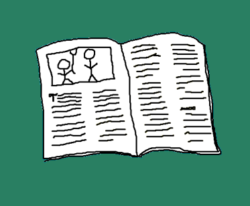
The brain is wired to remember stories and to use the story structure to make sense of the world. That’s why every culture has creation stories. In oral traditions, stories play a bigger role in teaching lessons about manners, morality, or simply what plants to eat or not eat in the wilderness because it’s the way content is remembered. Diverse students (and all students, really) learn content more effectively if they can create a coherent narrative about the topic or process presented. That’s the brain’s way of weaving it all together. (Bonus: It also offers a great way to check for understanding and correct misconceptions.)
So Janice took her weekly list of science vocabulary and created a variety of sorting and matching games for students. She built a set of simple card games based on Go Fish or Old Maid. In addition she created some team games. Each week students had different active ways to learn the vocabulary. For 10-15 minutes a couple of times during the week, students got to play these learning games rather than look up words in a dictionary. She gave them instructions for making the games at home if they wanted to.
Instead of the traditional weekly vocab test, she asked them to “storify” their understanding of key concept words like metamorphosis, using vocabulary from past weeks.
When I checked in with the group a few weeks later, she was the first one to share. She said student engagement was like night and day. Now all students were participating. She said she knew they were learning the vocabulary at a deeper level because they were actually using the new science terms during discussions and in their writing with no prompting from her.
The big A-ha’s for the group that day were that (1) Culturally responsive teaching doesn’t have to be some performance the teacher does to entertain students and (2) It doesn’t have to mention race or reference culture at all. Instead, what makes a practice culturally responsive is that it mimics students’ own cultural learning tools. They all realized that these practices are helpful for all students, not targeted at minority students.
The real trick is to use these strategies regularly as part of your instructional routine rather than doing them randomly every now and then. Consistency is the key. ♦
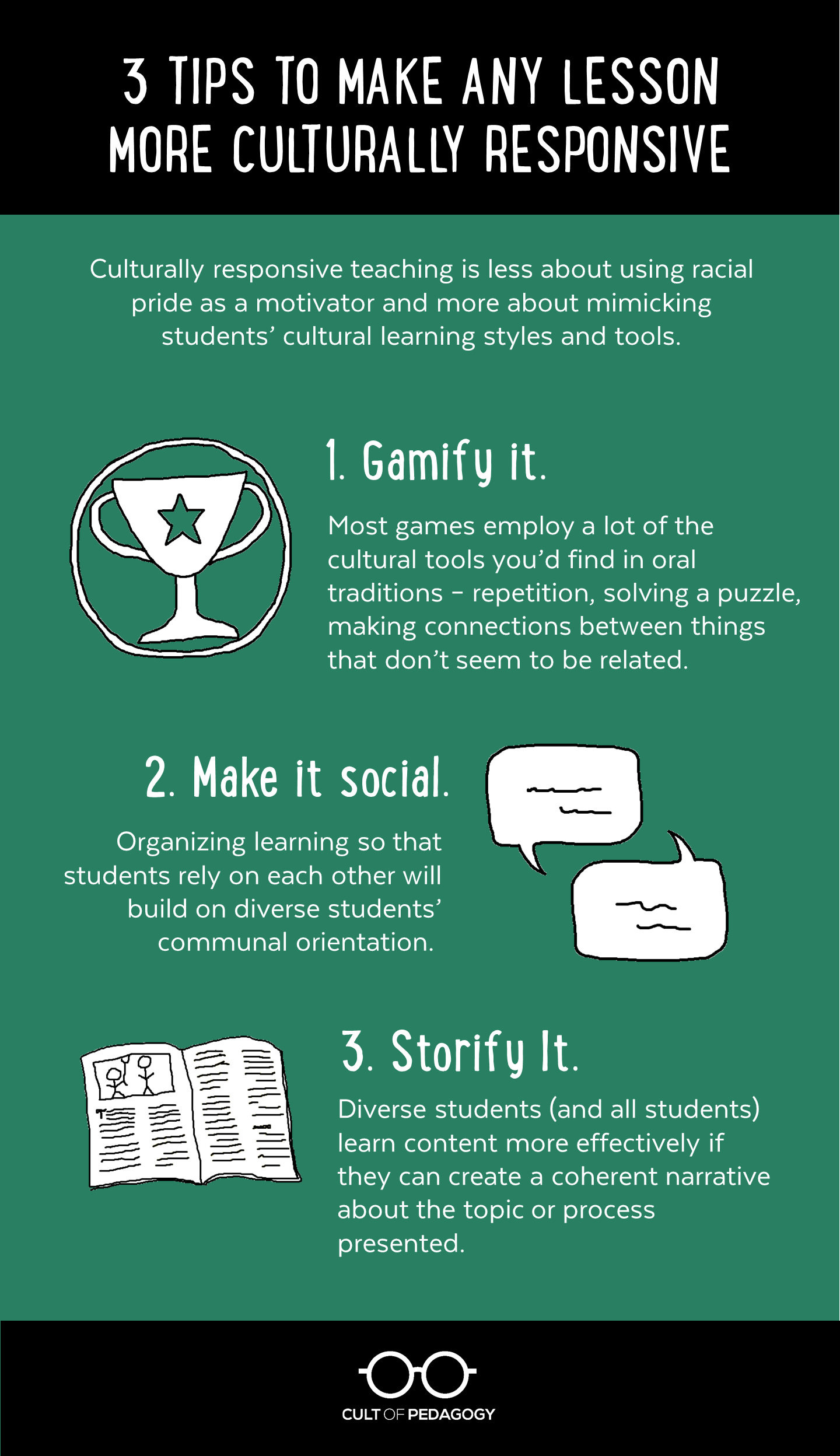
 Learn more about how to improve diverse students’ information processing skills and actually grow their brains in Zaretta Hammond’s book, Culturally Responsive Teaching and The Brain: Promoting Authentic Engagement and Rigor Among Culturally and Linguistically Diverse Students
Learn more about how to improve diverse students’ information processing skills and actually grow their brains in Zaretta Hammond’s book, Culturally Responsive Teaching and The Brain: Promoting Authentic Engagement and Rigor Among Culturally and Linguistically Diverse Students.
Join my mailing list and never miss another post. You’ll get weekly tips, tools, and inspiration — in quick, bite-sized packages — all geared toward making your teaching more effective and joyful. To thank you, I’ll send you a free copy of my e-booklet, 20 Ways to Cut Your Grading Time in Half. I look forward to getting to know you better!

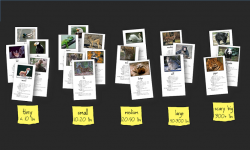
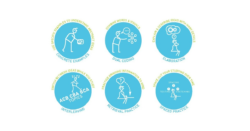
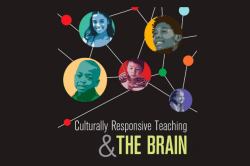

Thank you, I am excited to learn more about myself as well as my students and their families so that I can engage with families on a deeper level.
I have always found that if you can connect with a student in a deeper way that it is easier to get them to follow your lead. Kids home lives, parents, environment play a huge role in how they are feeling or doing.
I couldn’t agree more. I also feel that extended family can play a role as well.
Thank you for clarifying the misconception with key examples.
Thanks for knowing more about teaching and culture. I hope to receive more details about different ELT grading and introducing culture.
Thanks
Abdurahman
I use Kahoot! To gaming my vocabulary.
Thank you Zaretta! I am reading this book with my PLC. You touch on the collectivism\individualism and oral\written as archetypes. Do you see any other of Hofstede’s cultural dimensions particularly relevant to education?
I’m glad this topic is getting attention, but ‘mimicking’ students’ cultures seems quite condescending and inconsistent with Geneva Gay’s scholarship, which focuses on students cultural and linguist capital as a conduit to other forms of learning. This involves valuing students’ experiences and communities, and leveraging them as learning platforms for both content and pedagogy. Culturally responsive content should engage students in problem-solving and challenging structural inequalities. Examples: http://bit.ly/2o7jZO3, http://bit.ly/2o73eSA This involves more than contrived uses of over-generalized communication patterns. Gamification has the potential to undermine authenticity.
Finally, referring to students of color as ‘diverse students’ implies that white students are neutral and only ‘those kids’ are diverse. This is truly a troubling assumption, as harmful as the call to be ‘colorblind.’
I appreciate the points you make. While some find the term “diverse students” problematic, it is the language most school districts use and the euphemism most educators use to refer to Black, Brown, and immigrant students. And yes, we need to change it up.
I do want to respectfully disagree with your point that bringing into CRT collectivist ways of processing information such as gamification and talk/wordplay are inconsistent with Geneva Gay’s scholarship on students cultural and linguist capital as a conduit to other forms of learning. A key cultural asset (i.e. capital) Black, Brown, and immigrant students bring into the classroom is the collaborative way in which they process information. But schools are not set up for Black and Brown students to utilize their distributed expertise (Campione & Brown, Asa Hilliard) in the form of collaborative thinking through talk and play.
And we need to call out that under-developing “diverse” students’ cognitive processing ability and information processing skills is how the dominant culture has created and maintained the achievement gap in schools. Gloria Ladson-Billings put academic success, not solving structural inequalities in the larger society as the focus of culturally responsive pedagogy. That is social justice education, and a social justice focus alone has not closed student learning gaps. We have to address how students process information in culturally congruent ways and set those structures up in classrooms to honor the collectivist way students of color learn. What we know from cognitive neuroscience, helping students process information is a key feature of any equity agenda. Check out Pedro Noguera’s Chapter 7 in Creating Opportunities to Learn for the specific research as well as Yvette Jackson’s research, both strong social justice advocates.
As for the use of the word, “mimic”. To mimic doesn’t mean to mock or stereotype students’ culture during instruction. My point isn’t to encourage teachers to simply parrot or mindlessly copy cultural practices in paternalistic, condescending, or uninformed ways. Instead, the idea is to have teachers examine their current instructional moves that might be heavy on the side of the dominant culture’s individualistic orientation and begin to include more moves that highlight a collectivist approach to processing content that is responsive to (mimics) the ways students learn at home. Like using discussion protocols to give students structured ways to talk to each other that are congruent with (“mimic”) collectivist ways of processing information through talk and word play. It is time we start talking about information processing and empowering marginalized students to learning in ways that feel familiar.
Thank you so much. Reading these helps with a handful of students I currently have with understanding of concepts and phrases in American language. I will try to ‘Gamify’ some of the ideas and concepts with the vocabulary of pottery
Thank you for sharing so clearly the concept of CRT. You have help to remove the fog surrounding my mind on this topic.
Hi,
We are working with a group of teachers on this topic. We would love to use your graphic to enhance their learning. Is it possible to have some copyright information?
Looking forward to hearing from you.
Thank you.
Hi, Alexandra! This is Holly Burcham, a Customer Experience Manager. Thanks for checking in with us!
As long as you link back to the post and reference Jenn so people know where the source came from, we’re happy for you to share.
What a great article! Thank you for clarifying so simply and providing wonderful examples!
That was great
Fantastic article. I work with refugee and immigrant students, both children and adults, and have found the approach you so eloquently describe to be of incredible value in helping my students advance in language proficiency.
THANK YOU! I just got back from a district sponsored conference and I left with more questions than answers. Your article helped me tremendously and I will start by following your three steps.
Interesting read thank you. I think the suggestions would be useful in a culturally diverse school, mine unfortunately isn’t.
Kind Regards,
Interesting! I find that it’s those classrooms/schools that don’t regard this information as important for their students are EXACTLY the ones that need it. Anyone, please respond : – )
This is a great way to shed light and simplified what traditional teachers have always been doing. As Audre Lorde would say, “There are no new ideas. There are only new ways of making them felt.”
I really enjoyed this article because it helped me to understand the meaning of Culturally Responsive Teaching.
So I found that using “Flocabulary” really increased my students participation and putting skills and words to memory. This came to mind for me. How is it that at any given moment, students remember lyrics but can’t remember skills you’ve practiced over and over and over? Put it to a catchy song and voila! they have a word or concept memorized in a flash.
Reading this was an “A-ha” moment. I have read books in the past that have been impactful. The literature that I have read on this issue have been tremendously helpful in getting perspective over the cultural nuances from which they were written. Or the lack thereof. And from which the essence of their learning traditions is drawn to help students make connections with current content and then tackle the big powerful thinking processes of critical reflection, evaluation, synthesis to name a few . This book is the most impactful of all the resources that I have read on the issue because, to me, it is the cornerstone of CRT! It simply holds everything that I have read, together!! CRT is about practice – cognitive processing. Growing the student mind. Cause and effect! GOT IT! Everything else helps.
What a great article, I am so excited and ready to ready to put the 3 tips in action. Gamify, Make is Social and Storify it.
I absolutely LOVED this article. As a white male reading the misconceptions, I initially thought – no, I cannot believe in this – that I should not believe that “culturally responsive teaching is less about using racial pride as a motivator”, and I’m supposed to be “mimicking students’ cultural learning styles and tools” like their moms, dads, grandmas, and other community folks. Ummmmmm… how in the world am I supposed to learn how to do that??? And then you brought a new light: Gamify, Socialize, Storify. I can relate to these. This is how my Czechoslovakian grandparents taught me things. Everything was a story. Everything was a life lesson. Everything had a moral consequence. And you used an example to demonstrate how. Wonderful article. Wonderful!
This is a great article that gives a very succinct but yet powerful description of three practical CRT strategies. Going forward, I will use the acronym GaMisS to refer to “Gamify it”, “Make it social”, and “Storify It”. Thank you.
This is a great learning tool. Thank you.
This is a great post! Thank you so much. This ties in with how humans learn that my MEd class is currently covering. Thanks for making this assessible and doable!
I enjoyed this section, thank you
Thank you for de-codifying cultural responsive teaching and make it doable by all of who decide to make it happen.
Thank you for clarifying that we aren’t out to appropriate what we think of as styles relating to certain cultures (ie Rapping the Periodic Table), but I fail to see how this is at all Culturally Responsive. This is simply good teaching. It strives to make lessons interesting and relevant to the learners’ personal experiences. It puzzles me why this is thought to be better for any particular group of learners. I continually feel like I’m missing the point, and I’m finding it frustrating. I do not intend to be “colorblind’, and absolutely different groups have different experience in any institutionalized environment, with their stories buried beneath the dominant culture, but this is not a learning style issue.
Culturally responsive teaching will give students a fair learning and they will be more active.
Thank you for the tips, can’t wait to try them out in my classes.
As Restorative Practices Counselors, we can incorporate these three tips to make our lessons more culturally responsive.
I see what you have outlined to teaching a concept as very interesting . Gamify it ,make it social and storify it . Culturally Responsive Teaching is an integral part and parcel of the curriculum and should be embraced by all stakeholders of education. Kudos to you for such a powerful and wonderful work. Education is indeed a key to success.
Thank you for this. It was wonderful..
This training is culturally intensive and inclusive which recognizes the cultural differences in today”s 21st century students everywhere, everyday. We have some reservations about the constant, incessant push on understanding race. Why can we not ponder people’s, students’ potential as opposed to race.
JG and ML
Hi, there. You may want to take another look at the section of this post titled “What is Culturally Responsive Teaching?” In this section, Zaretta Hammond addresses the misconception that culturally responsive teaching requires an explicit connection of the lesson to students’ racial backgrounds. She specifies that it does, in fact, explore the potential of students’ cultural learning styles and tools.
Culturally responsive teaching will give students a fair learning and they will be more active.
Let’s do it!
Gamify it, Make it social and Storify it!
I like Project Ready as a resource to check my own bias and identities.
Alexis,
Project Ready sounds intriguing! Would you be willing to explain more about how it works and possibly provide a link so others can check it out?
In my class, I like “Make it Social” culturally responsive Tip, because I choose to make my more advanced student’s mentors, but also become better listeners. By extension, my students engage in other activities during the week, like playing a duet or small group together for class. Sometimes they walk to the elementary school and help during after school band.
Great suggestions! Thanks for sharing, John.
It is great that everyone just talks about cultural relevance. I just wonder why people cannot get over the idea of labeling people. If everyone puts in their mind the word STUDENT regardless of their color, religion, where they come from and teach how they would teach to their own biological kids to be successful in life the wholly molly problem would be solved. Yes, I am from a different country, Yes, I am from a different religion, Yes I learned English as second language but I didn’t need any of cultural connection for any of them.
Let’s say you are teaching math, when you say “line” just draw it so not only ELL students but also universally any students will benefit from it. You may say “does every word have picture?” Yes they do it just requires you to get out of your comfort zone and do this favor for your STUDENTs without labeling them.
I hope this opens a real door for everyone to be able to change their mind set from what so many years ago people said to current what we have
Kaya, thank you for sharing your experience. To clarify, cultural responsive teaching is not a strategy for labeling students. If you take another look at the section of this post called “What is Culturally Responsive Teaching?” you’ll see that Zaretta Hammond addresses this exact misconception. A culturally responsive lesson is about honoring and incorporating ways of knowing and processing information that are prevalent across many diverse traditions that show up in students’ lives outside of school. If you’re open to and interested in learning more, there is a 2017 post summarizing a subsequent interview with Zarretta Hammond about culturally responsive teaching, which you can read here. I hope this helps.
I think it is interesting how the lady from Africa spoke about her own writings being white people with blue eyes. When looking at the average book it is very true alot of characters are white and blue eyes. I would have never taken a 2nd look at the books in our classroom.